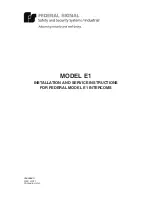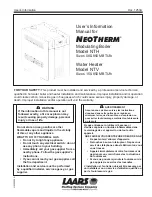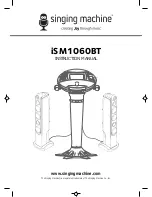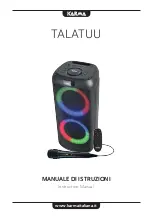
6 SDDS - T he industry's best sounding format
SDDS Print Master Guidelines, Page
18
of
26
6.5
Further details – W hy is it the best sounding system?
I n normal operation the SDDS playback equipment uses both sides of the film for
playback. However, if one side is damaged, the unit will play in “digital concealment
mode”. T his uses extra back up tracks for the lost information. T here is a backup
centre and subwoofer. T he left and right channels are mixed to create left mix backup
and right mix backup. T hese are played through the appropriate speakers at coded
volume levels. T he effect of going into “DCM” is seamless. T here is always a digital
centre so dialogue is not disturbed. T he two sides are separated from each other by
about 17 frames.
T he data rate off film is 2.2Mbits/sec, rather than 370kbits/second.
T he data compression is Sony’s acclaimed AT RAC, used in broadcasting and in minidisk
players. T he compression ratio is only 5:1, rather than 10:1 or 13:1.
T here is no data sharing between channels, all channels are full range 20kHz (even the
subwoofer).
T he track is printed in the cyan layer. T his is the deepest layer and therefore the most
resistant to scratches. T he readers also use patented diffuse light, which also
counteracts scratches. I n normal use, with a well printed track, the SDDS track will last
as long as the picture.
T he cinema equipment is built to Sony’s high broadcast standards. I t features 28 band
digital EQ on all channels (2 band parametric on the subwoofer). All I /O is balanced.
T he picture below shows the high resolution, small dot size of SDDS (on the left).









































